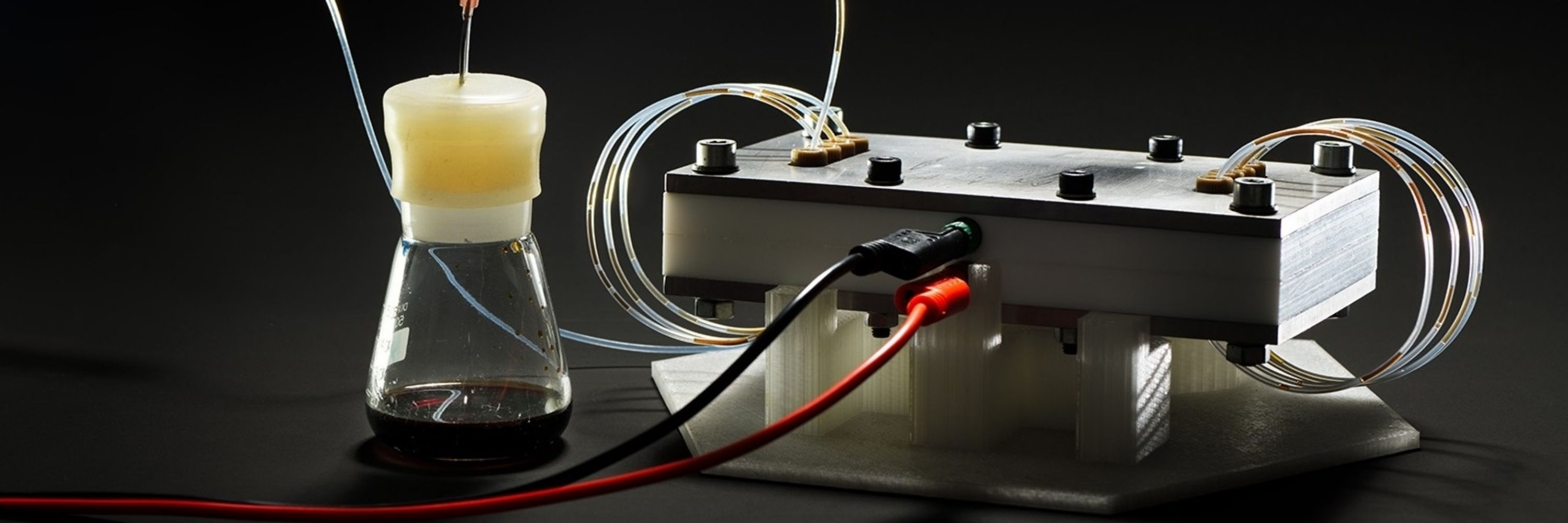Gabriele Laudadio
@glaudadio.bsky.social
560 followers
210 following
63 posts
Organic Chemist, Group Leader E-Chem Team UniGraz | Postdoc at BaranLab | PhD in Noël Group
2022 #CASFutureLeader, 2021 #RealTimeChem Ambassador.
ORCiD: https://orcid.org/0000-0002-2749-8393
Posts
Media
Videos
Starter Packs
Pinned















